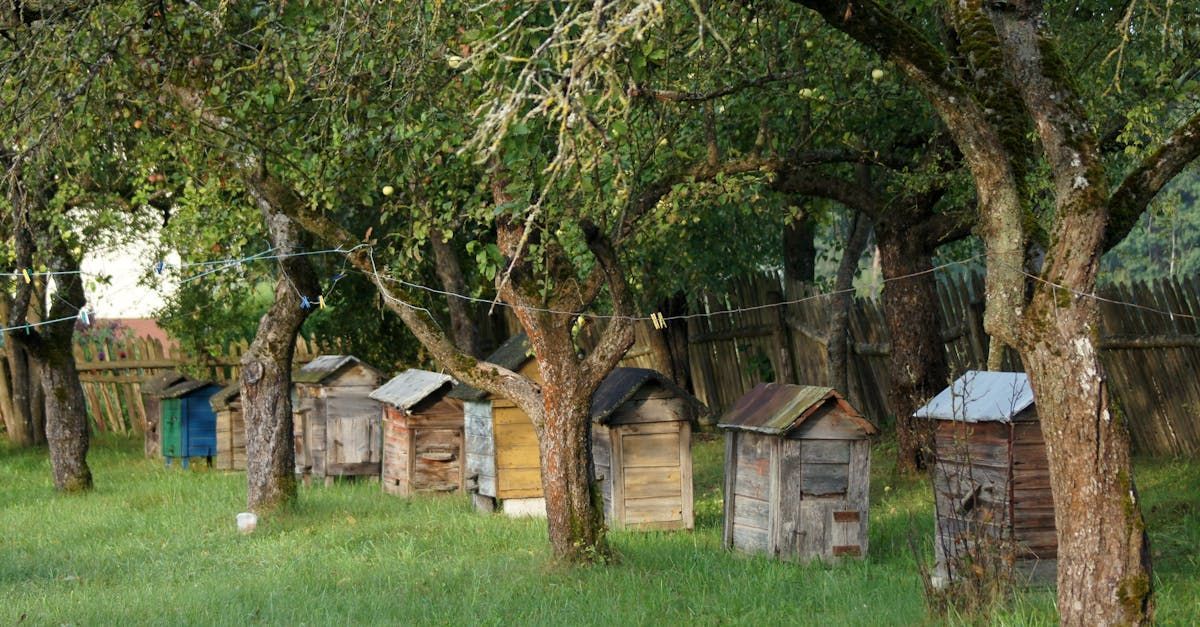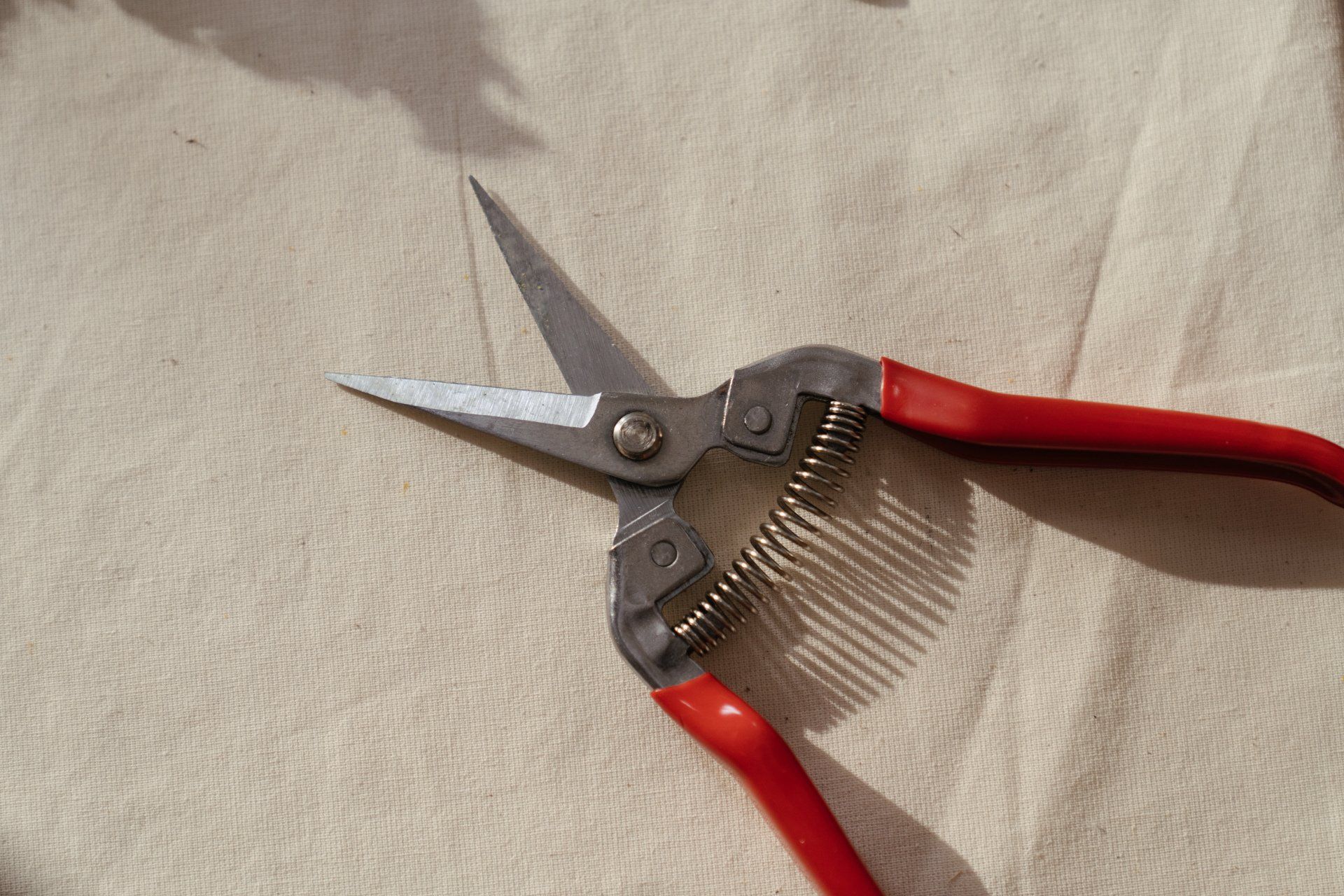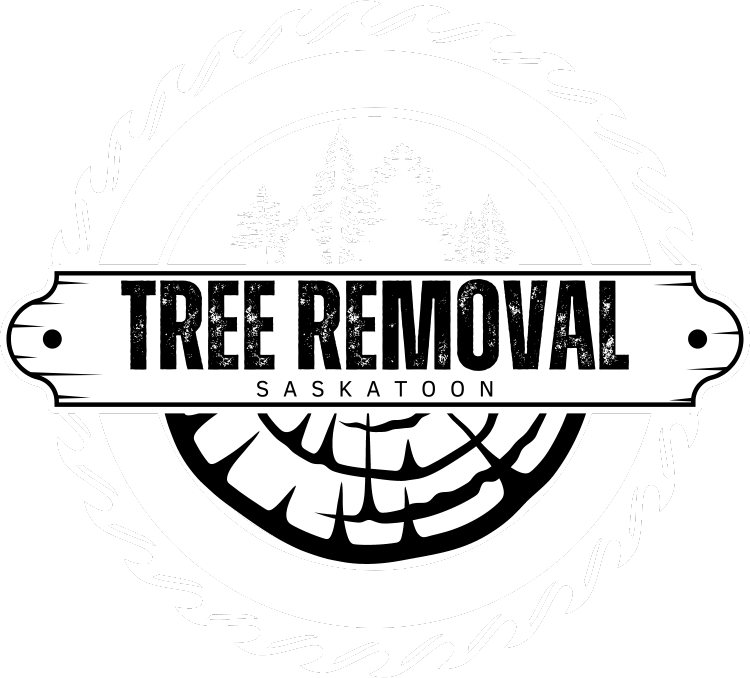The Best How-To DIY Tree Trimming Tips from Arborists
Tree trimming is not just an essential aspect of yard maintenance; it's also an art that requires understanding, skill, and safety. Whether you're looking to shape your tree for aesthetics, remove hazardous limbs, or promote healthy growth, these arborist-backed DIY tips will guide you through the process safely and effectively.
Know Your Tree: Identifying Species for Proper Trimming
Before you start trimming, it's crucial to know exactly what type of tree you're dealing with, as different species have varying needs and ideal pruning times. Here’s how to identify your tree and find the specific information you need for proper care:
- Observe Leaf Shape and Arrangement: Start by looking at the leaves. Are they needle-like, scale-like, or broad? Note their shape, size, and arrangement on the twig. For example, maple leaves are broad and palmate, while pine trees have needle-like leaves.
- Examine the Bark and Branch Structure: The texture and color of the bark, as well as the way branches grow (opposite or alternate), can be distinctive indicators of species. Birches, for example, have distinctive peeling bark.
- Look at Flowers or Fruit: If your tree has flowers or fruit, these can be key identifying features. Flowering trees like cherry blossoms are easily identified by their iconic blossoms.
- Use Online Resources and Apps: Take advantage of online tree identification tools and apps. Websites like the Arbor Day Foundation’s Tree Identification Guide (arborday.org) provide a step-by-step process to identify trees. Apps like Leafsnap or PlantNet allow you to take photos of your tree and provide you with likely matches.
- Consult Local Extension Services or Arboretums: Your local extension service or arboretum can be invaluable resources. They often have guides to local tree species and can provide advice on tree care. In Saskatoon, the University of Saskatchewan’s extension service and the Saskatoon Forestry Farm Park & Zoo’s arboretum can offer specific regional expertise.
- Check Local Tree Guides: Look for tree guides specific to the Saskatoon area. These guides will include the most common local trees and can be found at libraries, bookstores, or online.
- When in Doubt, Consult an Arborist: If you're still unsure about your tree’s species, consult with a professional arborist. An expert can quickly identify the tree and provide advice on how and when to trim it.
Understanding your tree’s specific needs is the first step to ensuring you trim it correctly, promoting its health and growth. Each species has its unique requirements and optimal pruning times, making correct identification key to effective DIY tree trimming.

Have the Right Tools: Essential Equipment for Effective Tree Pruning
Equipping yourself with the right tools is a cornerstone of successful tree trimming. Each tool serves a specific purpose, and understanding when and how to use them is key. Here’s a breakdown of the most commonly used tree pruning tools and tips for using them effectively:
Hand Pruners (Secateurs):
- Best For: Small branches up to about ¾ inches in diameter.
- Types: Bypass pruners (good for live branches and stems) and anvil pruners (better for dead wood).
- Usage Tip: Keep them sharp and clean. For a cleaner cut, always cut at an angle, and make sure the cutting blade is facing the tree to prevent damage.
Loppers:
- Best For: Branches up to about 2 inches in diameter.
- Types: Bypass loppers and anvil loppers.
- Usage Tip: Choose loppers with extendable handles for extra reach, and leverage. Use your body weight to make the cut, keeping the tool close to your body for better control.
Pruning Saws:
- Best For: Larger branches over 2 inches in diameter.
- Types: Handheld pruning saws, pole saws for higher branches.
- Usage Tip: Let the saw do the work; avoid forcing it through the branch. Use a steady, slow motion for cleaner cuts.
Pole Pruners and Pole Saws:
- Best For: Branches high up in the tree.
- Usage Tip: When using a pole pruner or saw, always be mindful of falling branches. Clear the area below and never work directly underneath the branch you’re cutting.
Hedge Shears:
- Best For: Shaping and trimming hedges or small leafy branches.
- Usage Tip: Use them for shaping rather than heavy cutting. Long, even strokes make for neater, more uniform shapes.
Chainsaw:
- Best For: Very large branches or tree removal.
- Usage Tip: Chainsaws require significant safety precautions. They should only be used by those experienced with their operation, and always with proper protective gear, including chaps, gloves, goggles, and ear protection.
Tool Maintenance:
- Regularly clean and sharpen your tools to maintain their effectiveness and prolong their life. A dull tool can cause damage to the tree and increases the risk of an accident.
- After each use, clean the blades with soapy water to prevent the spread of disease, and oil the moving parts to keep them functioning smoothly.
Remember, using the right tool for the job not only makes the work easier but also helps ensure that you are pruning in a way that promotes the tree's health and growth. If you’re unsure about the appropriate tool for a specific task, or if the job seems too large or risky, consider reaching out to a professional service like Tree Removal Saskatoon.

Mastering Tree Pruning: The Three-Cut Method, Branch Collar Care, and Pruning Restraint
Pruning large branches, respecting the tree’s natural structure, and avoiding over-pruning are key to the health and aesthetic of your trees. Let’s delve into these essential principles:
1. The Three-Cut Method for Large Branches:
- Why It’s Important: This method prevents the bark from tearing and harming the tree. It's crucial for large branches over an inch in diameter.
- The Steps:
- First Cut: Make an undercut about 1-2 feet from the trunk. This cut should go about a third of the way through the underside of the branch.
- Second Cut: Move a few inches beyond the first cut (towards the end of the branch) and cut down from the top. This relieves weight and allows the branch to fall without tearing the bark.
- Final Cut: This is the most critical. Cut just outside the branch collar – the area where the branch and trunk meet. This cut should be made perpendicular to the branch to encourage proper healing.
2. Mind the Collar:
- What It Is: The branch collar is a swollen, ridge-like area at the base of a branch where it connects to the trunk.
- Why It’s Important: The collar contains special cells that help the tree heal after pruning. Cutting into it can cause significant harm and expose the tree to diseases.
- How to Do It Right: Always cut just outside the branch collar, not flush with the trunk. This respects the tree's natural defense mechanisms and promotes faster, healthier healing.
3. Less is Often More:
- The Rule: As a general guideline, never remove more than 25% of a tree’s canopy in a single pruning session.
- Why It Matters: Over-pruning can stress the tree, leading to stunted growth, vulnerability to pests and diseases, and even tree death.
- Practical Approach: Focus on removing only the necessary branches – like dead, damaged, or diseased limbs. For aesthetic shaping or size reduction, spread the pruning over several seasons.
Proper pruning technique is vital for the health and longevity of your trees. The three-cut method ensures large branches are removed safely, minding the collar aids in quick healing, and being conservative with how much you prune protects the tree from undue stress. For those who are unsure or inexperienced in handling larger or more complex pruning tasks, consulting with professional arborists like those at Tree Removal Saskatoon can ensure the job is done right, respecting both the tree’s health and your safety.
Ensuring Safety and Success in DIY Tree Trimming
Safety First: Prioritizing safety is non-negotiable when it comes to DIY tree trimming. Always wear appropriate protective gear, including gloves, safety goggles, and a hard hat. If your work involves climbing or using a ladder, ensure it is securely positioned and consider using a harness for added safety. Most importantly, never attempt to trim near power lines or tackle a job that feels beyond your skill level – that's when it's time to call in the professionals.
DIY tree trimming can be a rewarding way to maintain your yard and ensure the health of your trees. By following these arborist-approved tips and techniques, you can confidently tackle basic pruning tasks. Remember, understanding your tree, using the right tools, and adhering to safe practices are key to successful tree trimming. However, it’s important to know your limits and seek professional help when necessary.
If you’re ever in doubt or face a particularly challenging tree trimming task, don’t hesitate to reach out for expert assistance. At Tree Removal Saskatoon, our team of experienced arborists is ready to provide you with guidance and professional tree care services. Contact us to ensure your tree trimming is done safely and effectively, keeping your trees – and you – healthy and thriving.
